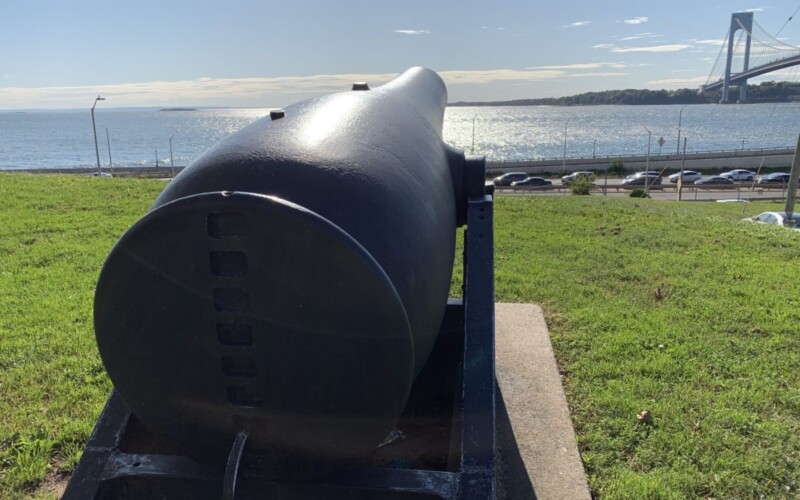We have experience hosting a range of audiences, from college classes to birthday parties to company outings, and we customize our tours to meet your group’s interests and needs.
Book a private tour today
Did you know that Prospect Park has a piece of Gettysburg’s famed Little Round Top? And one of the oldest statues of Abraham Lincoln in America? While memorials to the …
Read more
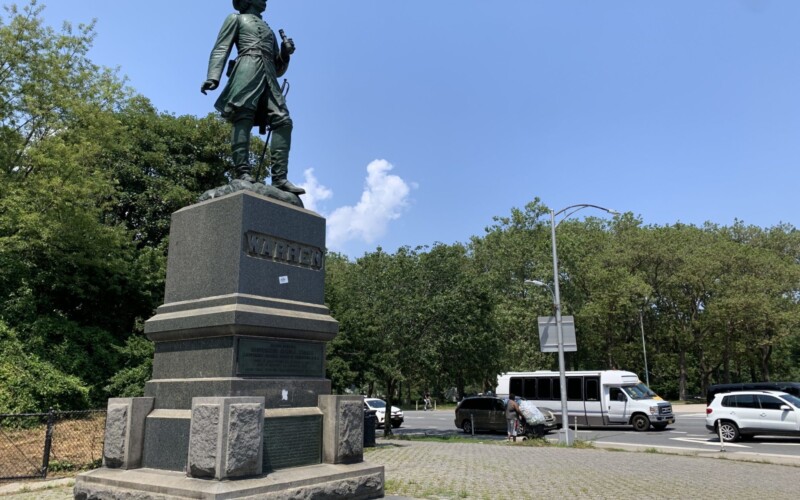
In 1998, a 15-ton, 26-foot-by-12-foot section of Titanic’s hull was salvaged from the wreck. Since its raising, this powerful remnant of that ship of near-mythic status has been on exhibit …
Read more
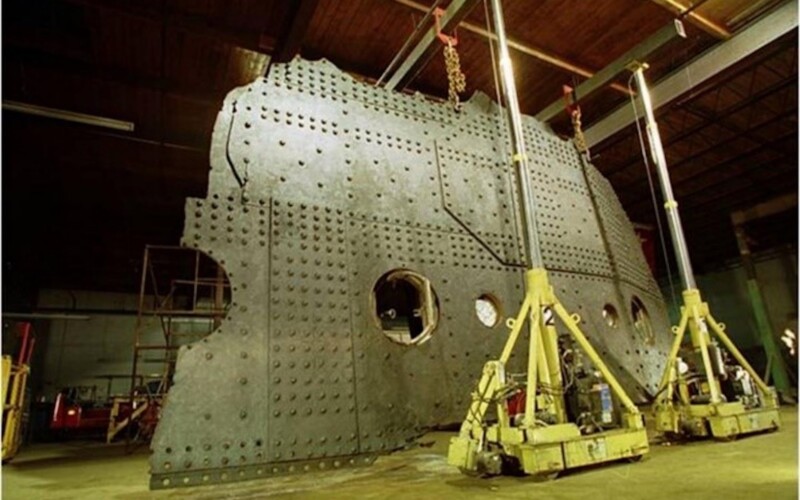
The formal education of Black New Yorkers began with the Manumission Society’s African Free Schools, which first opened in 1787. Though the city was at the forefront of Black education, …
Read more
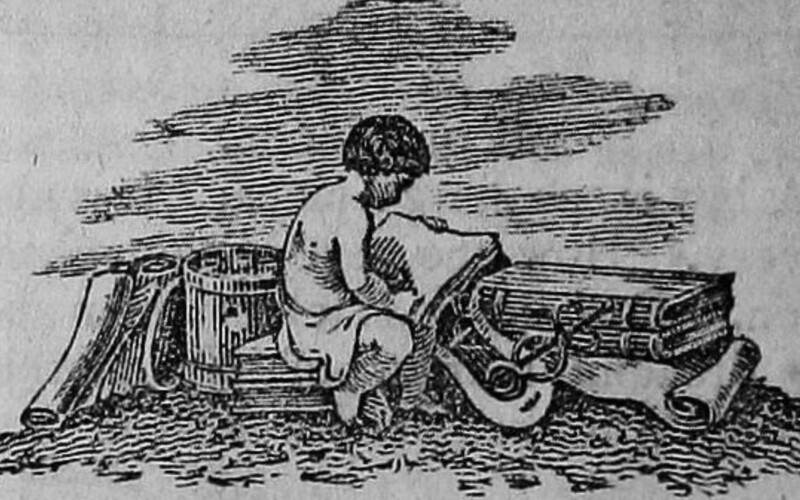
As we approach New York City’s primary elections on June 22, housing, as always, is a key issue on the ballot. So we are looking back at the history of …
Read more
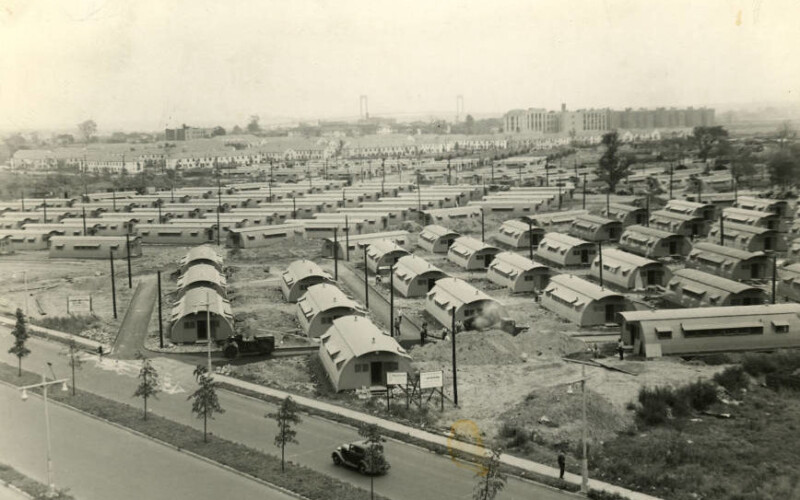
Running from the Canadian border to Long Island Sound, the Connecticut River cuts through the heart of New England. And for a period of about 40 years, a concerted effort …
Read more
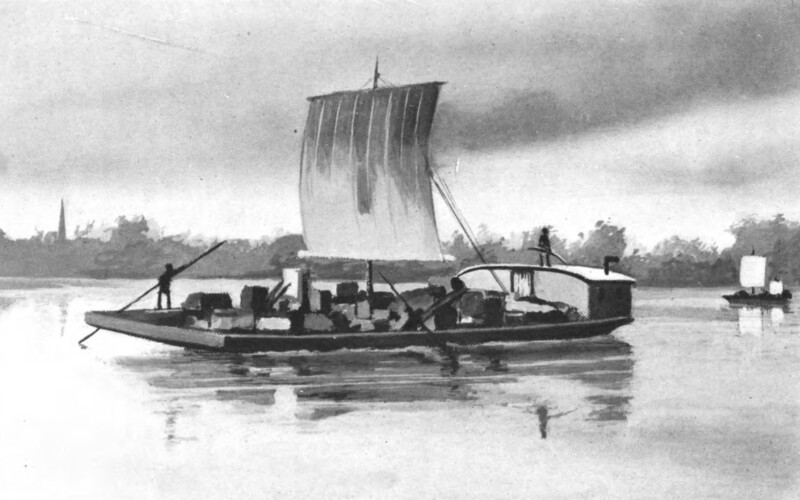
Maps hold the power to organize and explain the world beyond what we can observe with our own eyes, making them extremely powerful political tools. Maps that express a geopolitical …
Read more
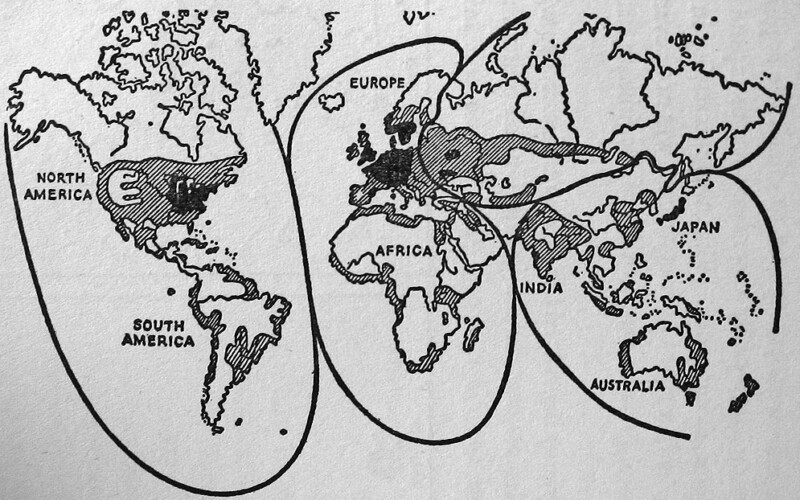
On April 26, 1956 an oil tanker customized to carry standardized metal crates left Port Newark, NJ for Houston, TX, marking the first commercially successful containerized shipment. Over the next …
Read more

Join us for another virtual boat tour aboard a beautiful motor yacht with our friends at Classic Harbor Line. This time we will be heading north, exploring the very northern tip …
Read more
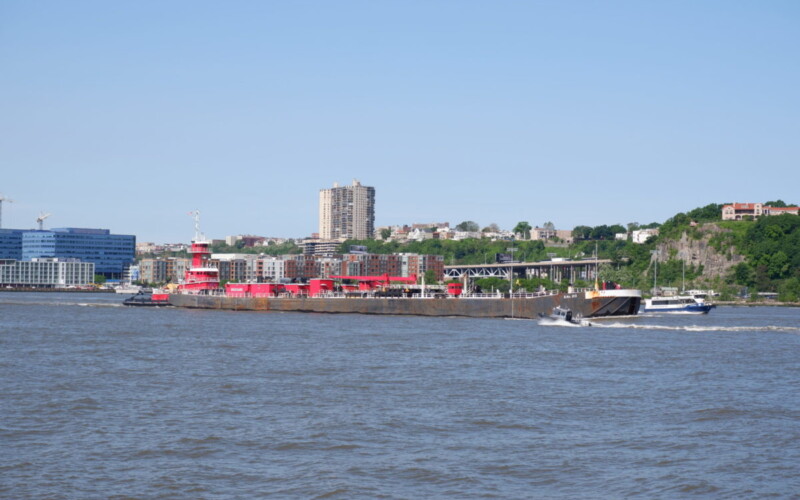
April 6 marks the 104th anniversary of America’s entry into World War I, but the impacts of this global conflict were already being felt in New York City. Starting in …
Read more
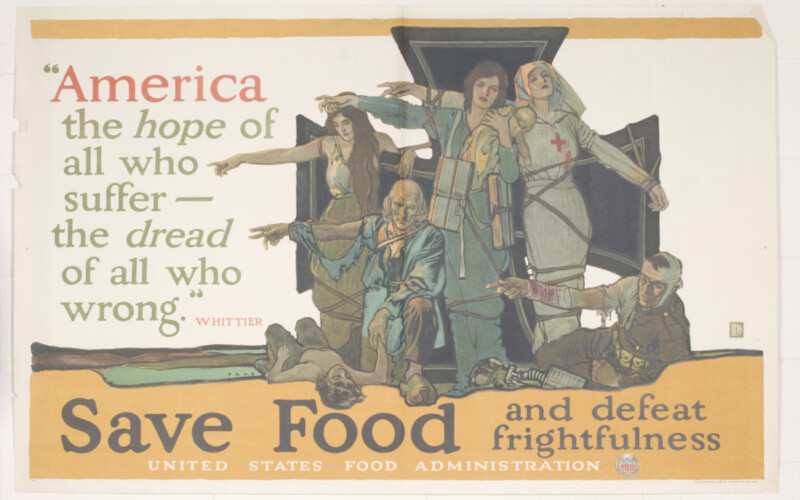
Explore the neighborhoods surrounding the Brooklyn Navy Yard, including Vinegar Hill, Fort Greene, Clinton Hill, and Williamsburg, on this walk around the Yard’s long perimeter. We will explore connections between …
Read more
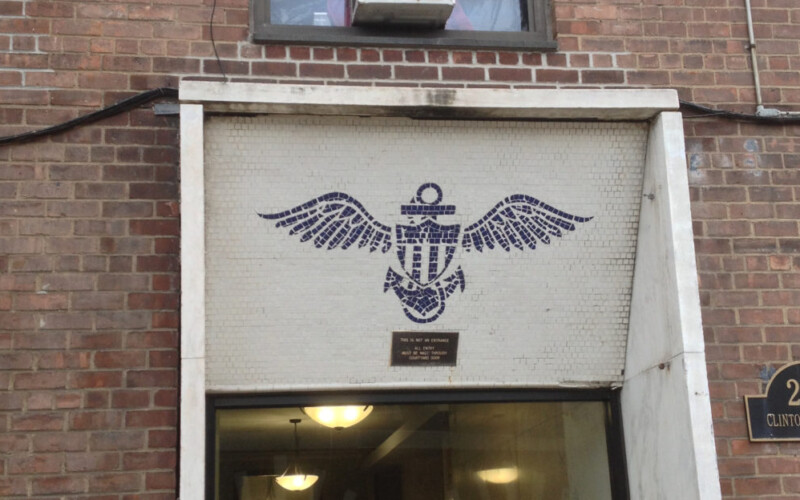
Food manufacturing has been a cornerstone of Brooklyn’s manufacturing economy for 150 years. Not only was the borough was home to some of the largest chocolate and confectionary makers in …
Read more
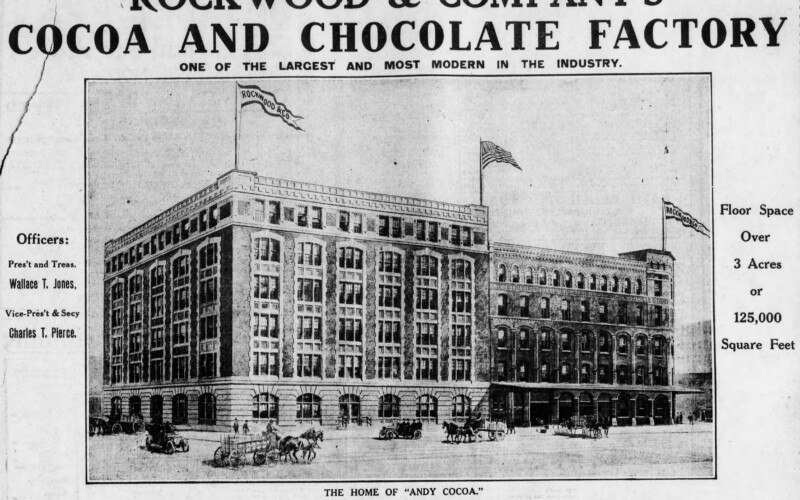
Take a short trip west of New York City to explore a little-known and much misunderstood language and culture: the Pennsylvania Dutch, who aren’t Dutch at all but German. Educator …
Read more
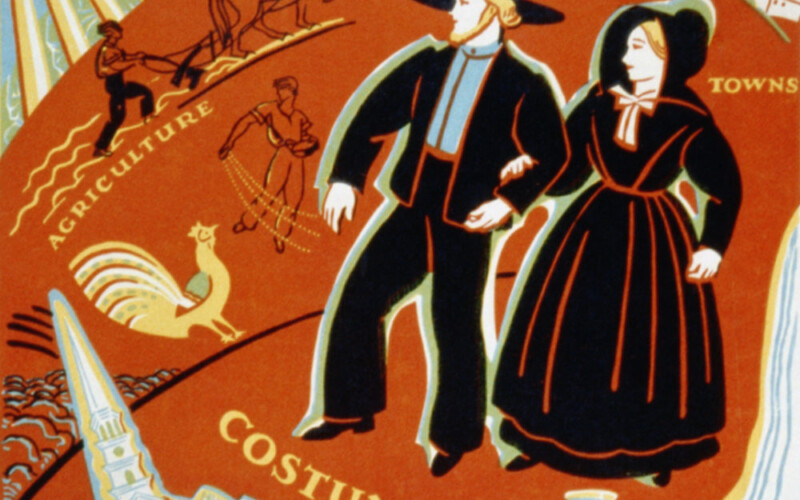
Join us for another virtual boat tour, this time aboard a beautiful motor yacht with our friends at Classic Harbor Line. Starting at Chelsea Piers, we will head down the Hudson, …
Read more
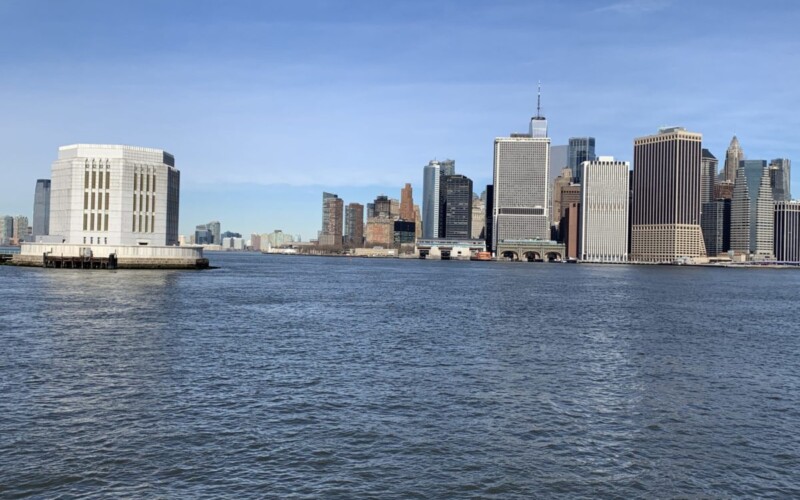
We are teaming up with our friend and renowned pizza expert Scott Wiener from Scott’s Pizza Tours to explore the world of mobile pizza and discuss the history and culture of pizza …
Read more
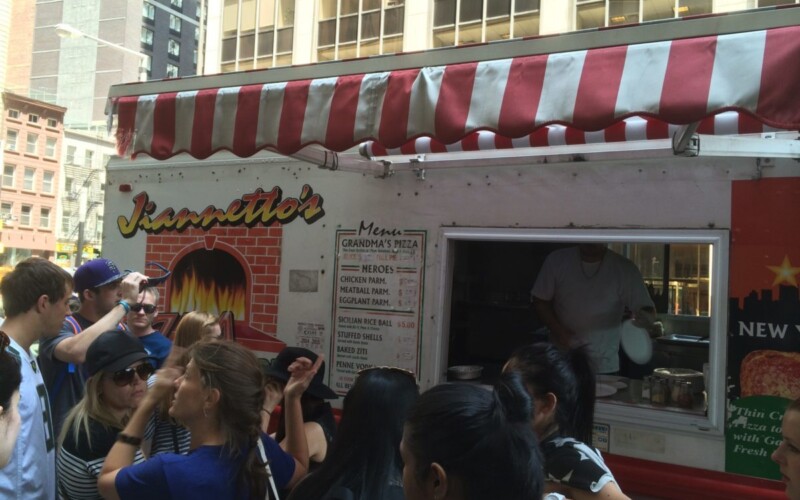
In late 2020, as part of the long-overdue cleanup of the Gowanus Canal Superfund site in Brooklyn, dredging of the toxic sediment began, and photographer, filmmaker, and writer Nathan Kensinger has been there to …
Read more
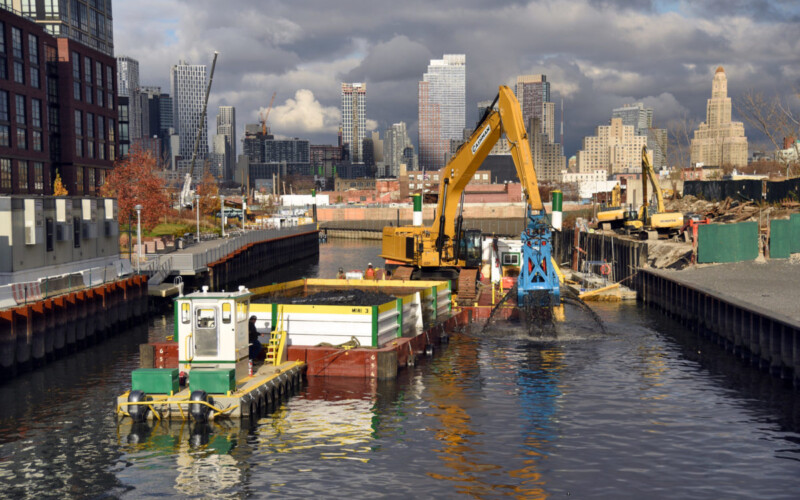
Hit the slopes with us as we explore the history of downhill skiing in the United States. We will look at the introduction of modern skiing by Norwegian immigrants, the …
Read more
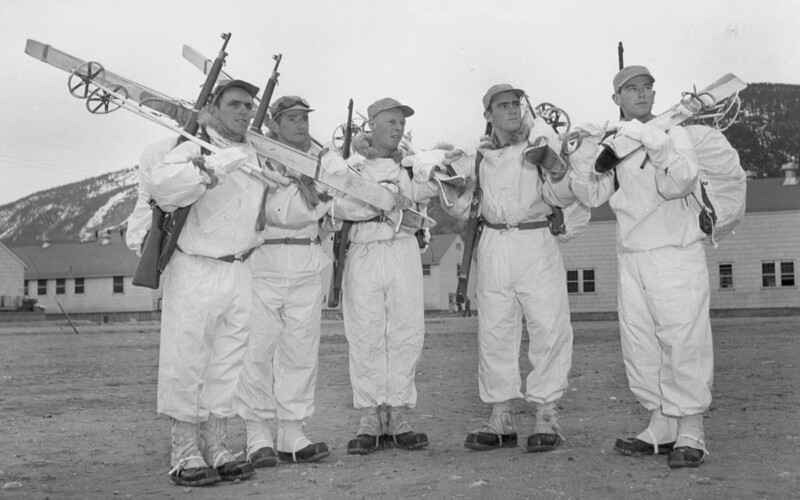
Join us as we explore one of the most curious chapters in the history of Prospect Park, the four years (2005–2009) during which the Soldiers and Sailors Memorial Arch in …
Read more
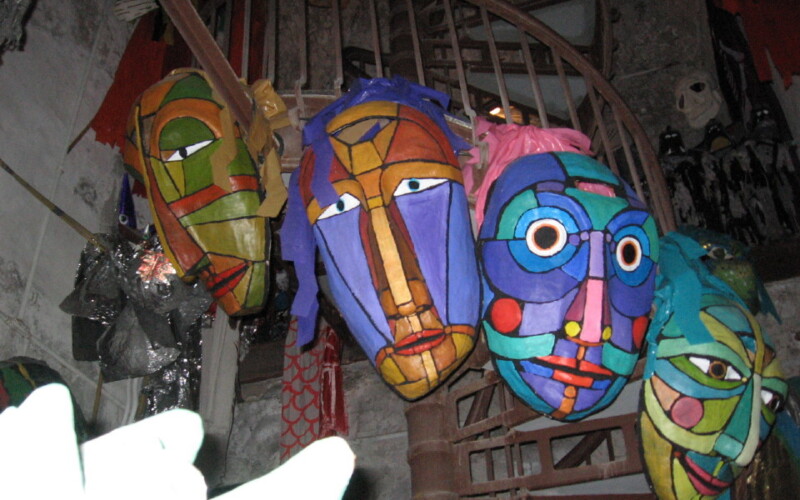
At each of the water passages that lead to New York Harbor – from the Narrows to Hell Gate, Ambrose Channel to the Race – disused forts stand on either …
Read more
